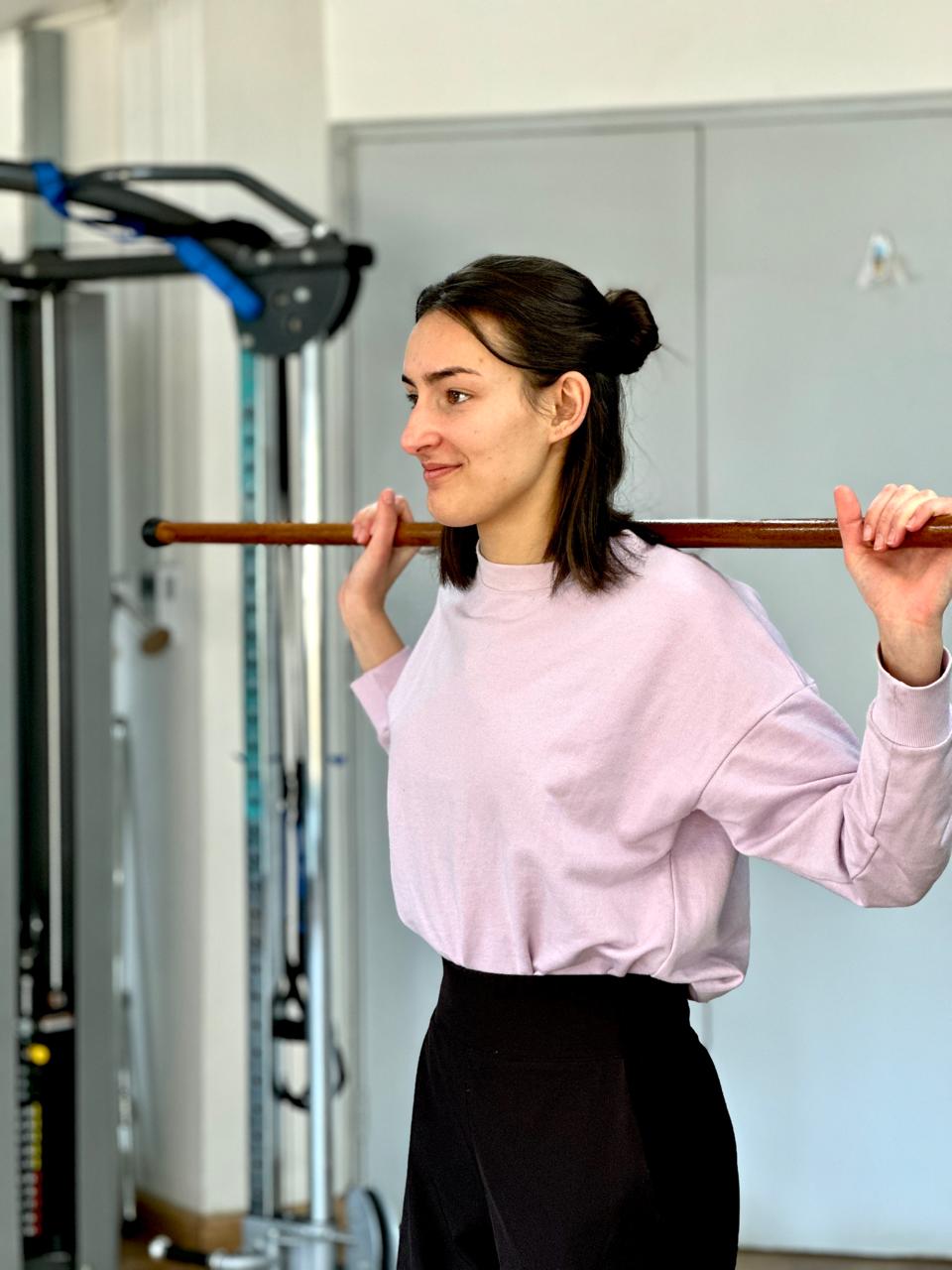
Anterior shoulder pain refers to pain that is felt in the front part of the shoulder, where the upper arm bone (humerus) meets the shoulder blade (scapula) or the glenohumeral joint. Shoulder pain is common and can be caused by a variety of factors, including injury, overuse, or underlying conditions. The front part of the shoulder joint is made up of the tendons of the biceps muscle, the rotator cuff muscles (infraspinatus, supraspinatus, subscapularis and the teres minor and major), and the joint capsule.

Causes of anterior shoulder pain can be rotator cuff damage which is a group of muscles and tendons that attach the shoulder blade (scapular) to the upper part of the arm bone (humerus) mainly the subscapularis, supraspinatus is involved, Injury to this area can cause pain in the front of the shoulder. The biceps muscle attaches to the shoulder blade and the elbow, tendonitis can occur when the tendon that connects the biceps muscle to the shoulder blade becomes inflamed called bicep tendonitis and therefore causing pain in the front of the shoulder. When the tendons of the rotator cuff become pinched or compressed between the bones of the shoulder joint, causing pain in the front of the shoulder it’s called an Impingement Syndrome. Dislocation of the shoulder occurs when the upper arm bone pops out of the shoulder blade mainly the glenohumeral joint, causing severe pain.
Sports that require repeated overhead motions, such as tennis, swimming, and baseball, can lead to overuse injuries and strain on the rotator cuff tendons. Lifting heavy weights or performing exercises that require heavy pushing or pulling can cause shoulder strain and lead to rotator cuff injuries. Extended poor posture can lead to shoulder pain and dysfunction over time. Occupations that require repetitive or use of the shoulder, such as construction work can cause overuse injuries and strain on the shoulder joint.

Arthritis of the shoulder joint can cause pain in the front of the shoulder, especially when lifting or moving the arm. Frozen shoulder is a condition that causes stiffness and pain in the shoulder joint. Fractures of the humerus or scapula can also cause anterior shoulder pain depending where the fracture occurred.
Commonsource of anterior shoulder pain is rotator cuff tendinitis or bursitis.Tendinitis is an inflammation of the rotator cuff tendons, while bursitis is aninflammation of the bursa that cushion the tendons. These conditions can becaused by overuse, repetitive motions, or injury, and can result in pain,weakness, and limited range of motion in the shoulder.
A Biokineticist can developa treatment plan for anterior shoulder pain for the individual. Here are a fewtreatments that Biokineticists perform with a person that has anterior shoulderpain. Range of motion movements/ exercises can help improve flexibility andreduce stiffness in the shoulder joint. Strength exercises can target themuscles to improve stability and reduce pain around the shoulder joint.
Muscle release and myofascial release can help relieve tension build up in the muscles and improve circulation around the shoulder joint. Proprioceptive neuromuscular facilitation (PNF) which involves using muscle contraction and stretching to improve muscle coordination, flexibility, strength and stretches your tendons which increase a response to increased ROM.

Taping the shoulder using Kinesiotape helps relieve tension on the shoulder joint. Continuous education on correct posture, biomechanics and techniques for performing daily activities with less stress on the shoulder joint. Home exercise program that includes stretching and strengthening exercises to be performed between their biokinetics sessions.
Other treatment plans can include:
Lowering activities that aggravate the pain and allow the shoulder to rest. Applying ice to the shoulder to reduce inflammation. Pain relievers such as ibuprofen can help reduce pain and inflammation. Corticosteroid injections help reduce pain and inflammation. Modify lifestyle activities and possibly occupation requirements such as repetitive or overhead shoulder motion. Surgery may be necessary in some cases, such as severe rotator cuff tears or shoulder instability.
Check out our eBook Your pain journey and how you can alleviate it using exercise, meditation and brain training. This is a great way to learn why pain is important and how you can work with it and not against.










.jpg)








.png)